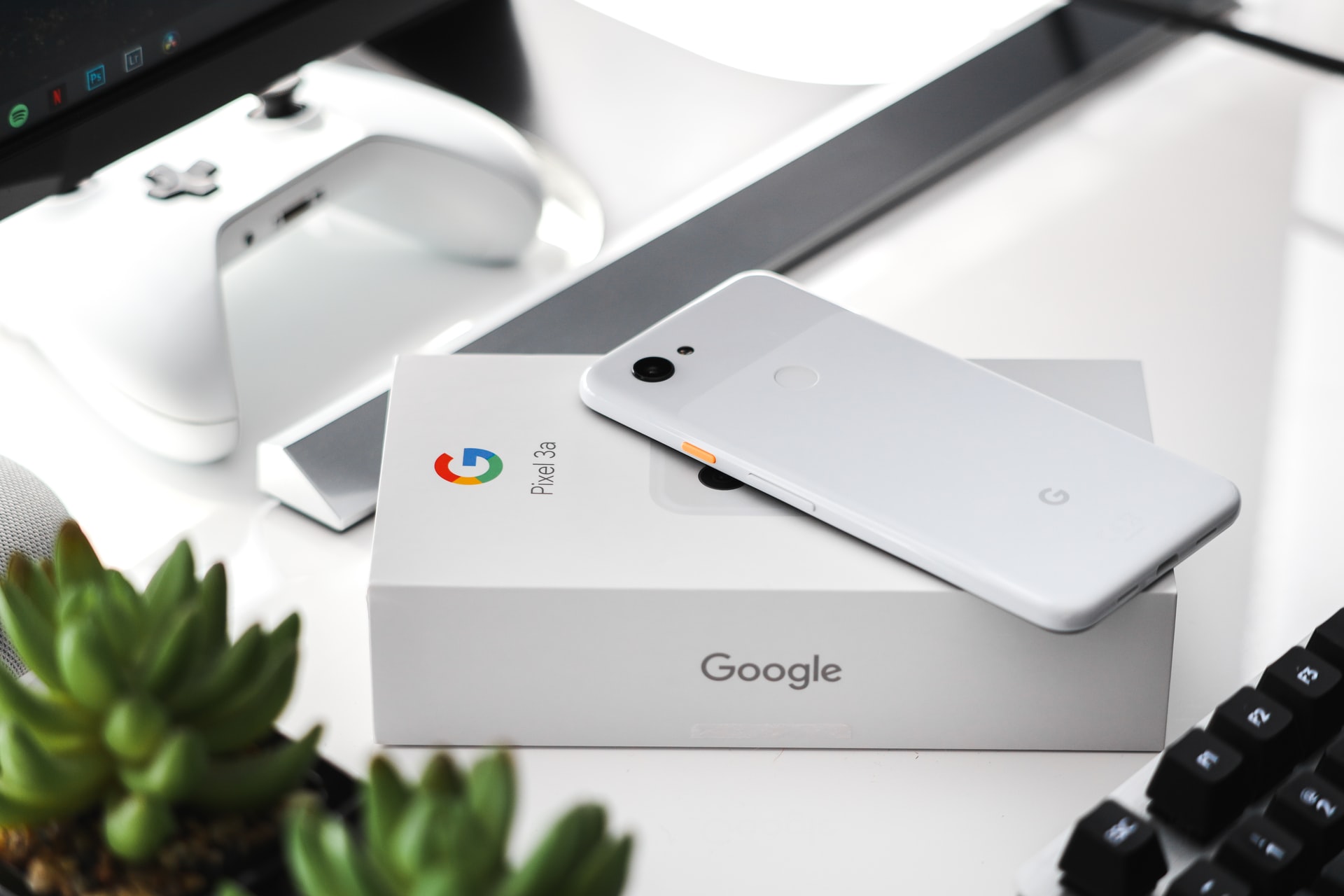Top new Androids have bigger cameras, Tensor processor and five years of support
Google has finally launched its flagship Pixel 6 smartphones as it aims to beat competitors on camera and performance while undercutting them on price. Previewed by Google in August, the Pixel 6 and 6 Pro are the Android-maker’s attempt to compete with Apple and Samsung at the high end of the market after disappointing results with its previous mid-range entries. Both phones have a distinctive design made from recycled aluminium with a large camera bar across the back reminiscent of Geordi La Forge’s visor from Star Trek.
The Pixel 6 has a flat 6.4in 90Hz OLED screen and new 50-megapixel main and 12MP ultra-wide cameras on the back and 8MP selfie camera, which Google says are greatly improved over its previous units. It costs £599 in the UK and $599 in the US – at least £170 less than the iPhone 13 and Samsung Galaxy S21.
The £849 ($899) Pixel 6 Pro has a larger, curved 6.7in 120Hz OLED screen, the same 50MP main and 12MP ultrawide cameras, plus a 48MP telephoto camera with a 4x optical zoom and an 11.1MP ultrawide selfie camera. The new phones are the first to have Google’s custom Tensor chip, which it says runs AI-systems for everything from the camera to translation, voice and image recognition significantly faster, at lower power and privately on-device. New AI features include background motion blur in action shots, a “magic eraser” tool deletes unwanted objects and another corrects out-of-focus faces in photos. Google says it has removed modern photography’s bias towards light skin with its “real tone” feature to better capture deeper hues.
The new chip also allows Google to offer at least five years of software support from launch for the phones for the first time – a year longer than Samsung and behind only Apple and Fairphone in the smartphone industry. Ben Wood, the chief analyst for CCS Insight, said extended software support was a good move. “CCS Insight’s research shows consumers are now holding on to their phones for longer than ever, on average for at least four years, so sustained software updates is becoming more important.”
